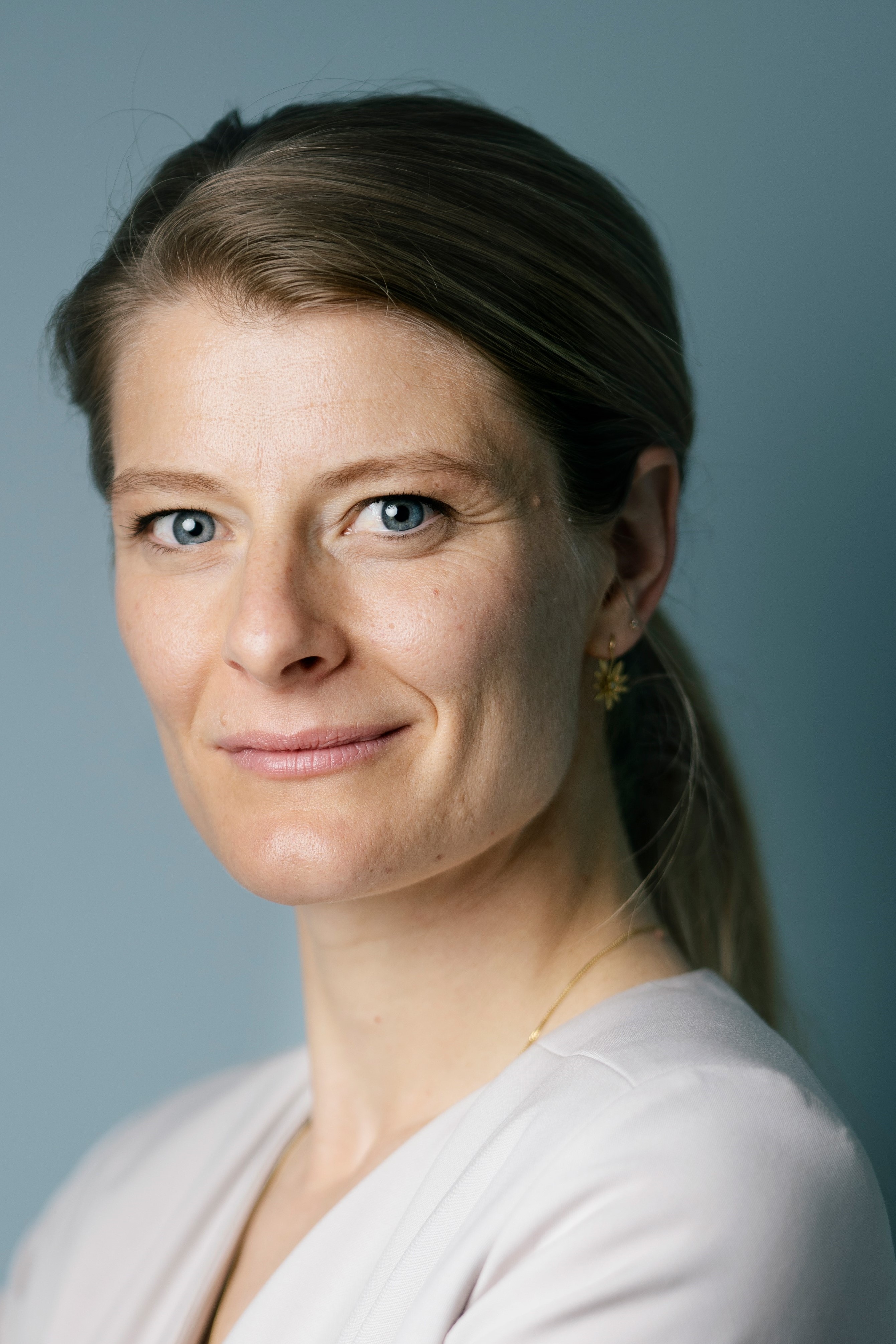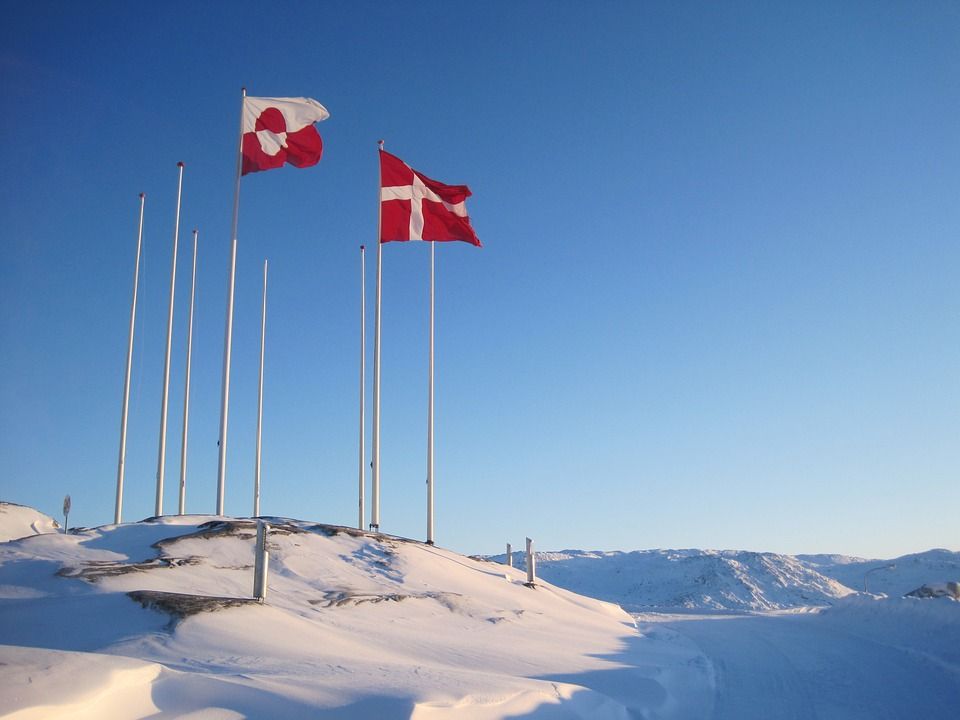Pink-footed geese in western Jutland are causing so much damage to farmers land that a new action plan has called for a cull of a quarter of the 80,000 migrating population.
The population of geese that spends the winter in northern Europe, predominantly in Denmark, Belgium and the Netherlands, breed on the Norwegian island of Svalbard in the Arctic and have quadrupled in number over the past 40 years.
This booming population, which scientists say is a conservation success story, has brought it into direct conflict with agricultural interests, however, and now a cross-border plan will attempt to reduce the number of birds by 20,000.
“In a number of countries large compensations are today paid to farmers suffering losses due to crops damaged by geese foraging in their fields,” Jesper Madsen, from Danish Centre for Environment and Energy (DCE) at Aarhus University, wrote in a press release. “This is an unfortunate spiral as long as the populations continue to grow. In several countries interventions are discussed in order to reduce the conflict between geese and agriculture.”
The international population management plan that was agreed by Denmark, Norway, the Netherlands and Belgium will try and maintain a stable population of about 60,000 individuals.
The plan seeks to both keep down the population with targeted hunting, while also securing the birds’ living and feeding conditions during its migration through a partnership that includes hunters, farmers and nature protection agencies.
“Hunting of pink-footed goose is allowed in Denmark, but the plans will seek to optimise the hunting and minimise the risk of wounding,” Madsen wrote. “We already have a constructive dialogue with the Danish Hunters’ Association as the plan places demands on the hunters and their skills.”
Not everyone is keen about the plan. Speaking to DR, Egon Østergaard, chairman of DOF, the national ornithological association, said he disagreed with it in principle.
“We don’t believe it is right to set limits of how many individuals of a particular species there may be,” he said.












